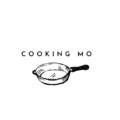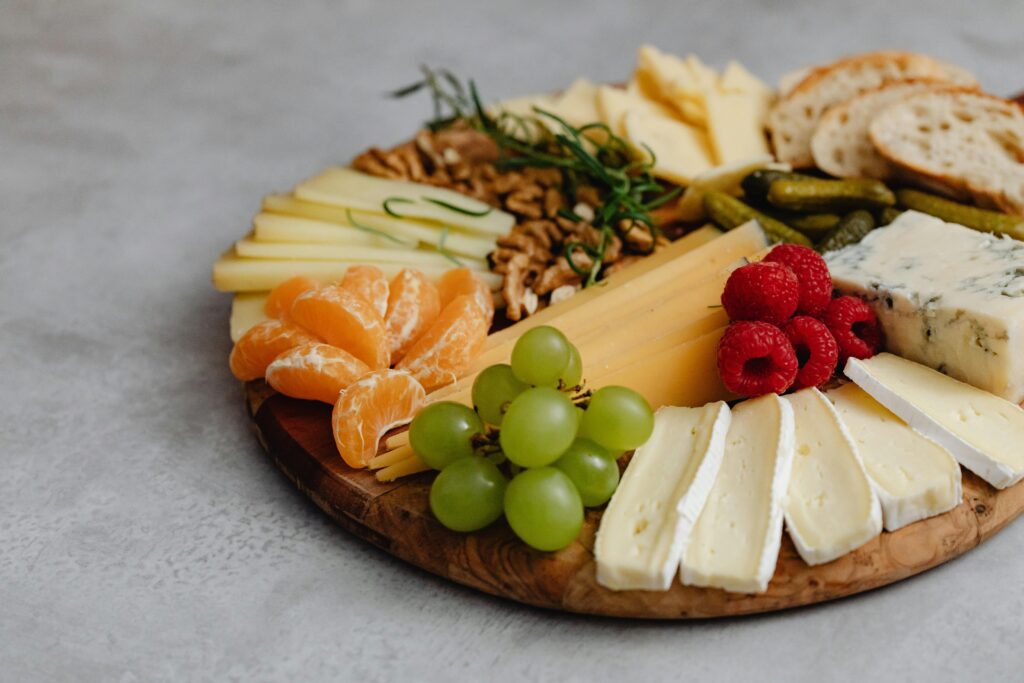The Art of Food Plating
The art of plating is a mandatory skill that elevates your home cooking to an extraordinary level. Along with techniques and flavors; cooking is also about presentation. A cook uses a plate to make a visually amazing masterpiece that attracts the eyes as well as the taste buds. Those who love hosting and cooking should know that food plating is essential. It will compel your guests to appreciate each element of the visual presentation.
I am sharing the basic tips of plating that will help you present visually appealing dishes that look as amazing as they taste.
1. Choice of Plate
Your plate is your canvas, so make the right choice. Color, shape, and size all are crucial in how people perceive your food.
- A White plate looks classic and gives a distinction to colorful foods, but you can experiment with patterned plates or darker ones for a more noticeable effect.
- A smaller plate makes a moderate portion look more meaningful.
- A large plate provides ample space for an elaborate display. The point is to ensure the plate enhances the food look and complements the overall plating.
- A round plate gives more space for artistic garnishing
- A square plate points up geometric patterns.
Always pick the right plate to present a visually appealing canvas adding contrast to your dish and bringing out flavors.
2. Choice of Color Palette
Choose ingredients carefully and place them wisely. It will provide maximum visual attraction. The visual attraction of a plate starts with the choice of Color Palette. Choose those colors for your ingredients that complement each other. You can take bright colors like reds and greens to enhance your presentation and a refined look.
Vibrant-colored vegetables, like greens or carrots, add a feature of color that highlights the main ingredient of your meal. However, be cautious of the plate itself.
A neutral color plate makes the colors of your food stand out.
3. Balance and Symmetry in Food Plating
Consider the size of each ingredient, its texture, and shape for contrast, and put them evenly. The key elements in food plating are balance and symmetry. Keep an even distribution of color and weight on your plate. It does not mean that you need to keep everything in symmetry; sometimes an asymmetrical presentation looks more attractive. It is good to present a sense of evenness.
You can put ingredients in odd numbers, as these look more appealing to the eye.
A good guideline is to think of your plate as a clock: Put your vegetables at two o’clock, your carbs at eleven o’clock, and your main meal at six o’clock.
4. Texture of Food
Texture can greatly enhance the sensory experience, but most home cooks ignore this aspect of food plating. You can Incorporate different textures to create depth and make every bite delicious.
You can contrast fried shallots or croutons, and crispy elements, beautifully with smooth tender proteins or purees.
Stacking different textures makes the presentation appealing and also captivates the plate more energetically. The crunch of a garnish works against the main ingredients of your dish and brings a new style to your plating.
5. Garnishes and Seasonings of Food Plate
- Do not forget to garnish your food plate, as this is the final touch that elevates your plate from normal to extraordinary. Always use edible and purposeful, which enrich the flavors of the dish.
- You can take edible flowers, fresh herbs, or a splash of sauce to increase visual interest and sign of flavor.
- Use less is more rule for a simple garnish and it speaks volumes. Be particular with your choices and place garnishes wisely to get attention and take the eye across the plate.
- If your knife is giving you a tough time in cuttings and for perfect food plating, you can click here to sharpen your kitchen knives.https://cookingmo.com/how-to-sharpen-a-kitchen-knife-without-sharpener/

